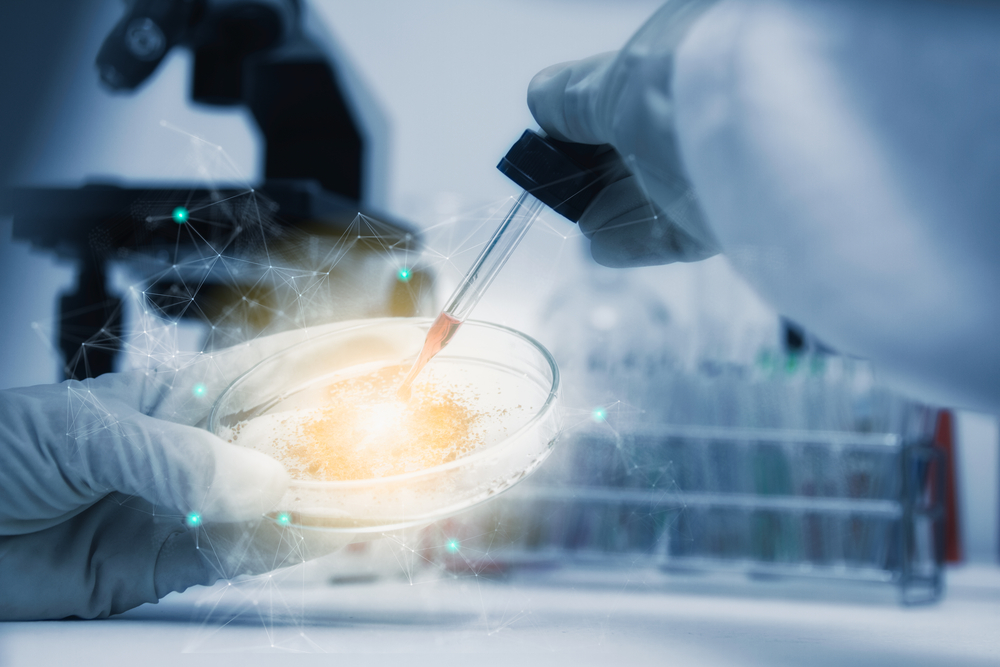Enzyme Activity Test Could Help Doctors Predict Severity of Sanfilippo Type A, Study Reports

A test that measures cells’ sulfamidase enzyme activity could help doctors predict the severity of Sanfilippo type A, a study reports.
It could also lead to Sanfilippo being added to the list of diseases that newborns are screened for. And it could prove essential to the design of clinical trials of treatments for the disease, researchers said.
The study, “Prediction of phenotypic severity in mucopolysaccharidosis type IIIA,” was published in the journal Annals of Neurology.
Mucopolysaccharidosis type III, also known as Sanfilippo syndrome, is caused by defects in enzymes that break down large sugar molecules called heparan sulfate glycosaminoglycans.
Although there are four types of the disease (A-D), depending on the enzyme that is affected, Sanfilippo type A is the most common. It is caused by mutations of the SGSH gene that codes for the enzyme sulfamidase.
There are big patient-to-patient variations in the course of Sanfilippo A. Some patients exhibit a severe, rapidly progressing disease. Others have milder manifestations, maintaining cognitive and motor function for many years.
Up to 137 mutations have been linked to Sanfilippo A. Studies show that its severity varies with the activity of the enzyme sulfamidase, which in turns depends on the SGSH mutation that a person has.
New SGSH mutations are always popping up, making it difficult for scientists to keep tabs on the different mutations’ relation with disease outcomes.
Researchers wanted to know if measuring sulfamidase activity could be an alternate way to predict disease severity.
The team studied 53 Dutch patients with Sanfilippo A who collectively had 14 SGSH mutations, one of them previously unknown. They grouped patients into two categories of disease progression based on clinical trial results. One category was “rapidly progressing” (about half of the patient population) and the other “slowly progressing.”
Patient skin cells grown in a laboratory were used to determine sulfamidase enzyme activity.
Sulfamidase activity was undetectable in patients whose disease was progressing rapidly, with one exception. But almost all patients with a slowly progressing disease had measurable activity.
The difference in activity level was able to distinguish between patients with a rapidly and slowly progressing disease with a sensitivity of 96% and a specificity of 93%.
Consistent with higher sulfamidase activity, there were also greater amounts of sulfamidase protein and less of its target sugar, heparan sulfate, in cells of patients with a slowly progressing disease.
Taken together, the data showed that an increase in skin cells’ sulfamidase enzyme activity was strongly associated with slowly progressing Sanfilippo type A.
Researchers said the findings suggested that the test could be used as an early predictor of the severity of the disease in children with the condition.
“We suggest that this method can be used to predict phenotypic severity in MPS IIIA [mucopolysaccharidosis type IIIA], which will be essential for trial design and for the future inclusion of MPS III in NBS [newborn screening] panels,” the researchers wrote.
“Furthermore, in the absence of a disease-modifying treatment, reliable prediction of the phenotype will help parents and caregivers with healthcare and life planning decisions,” they added.






